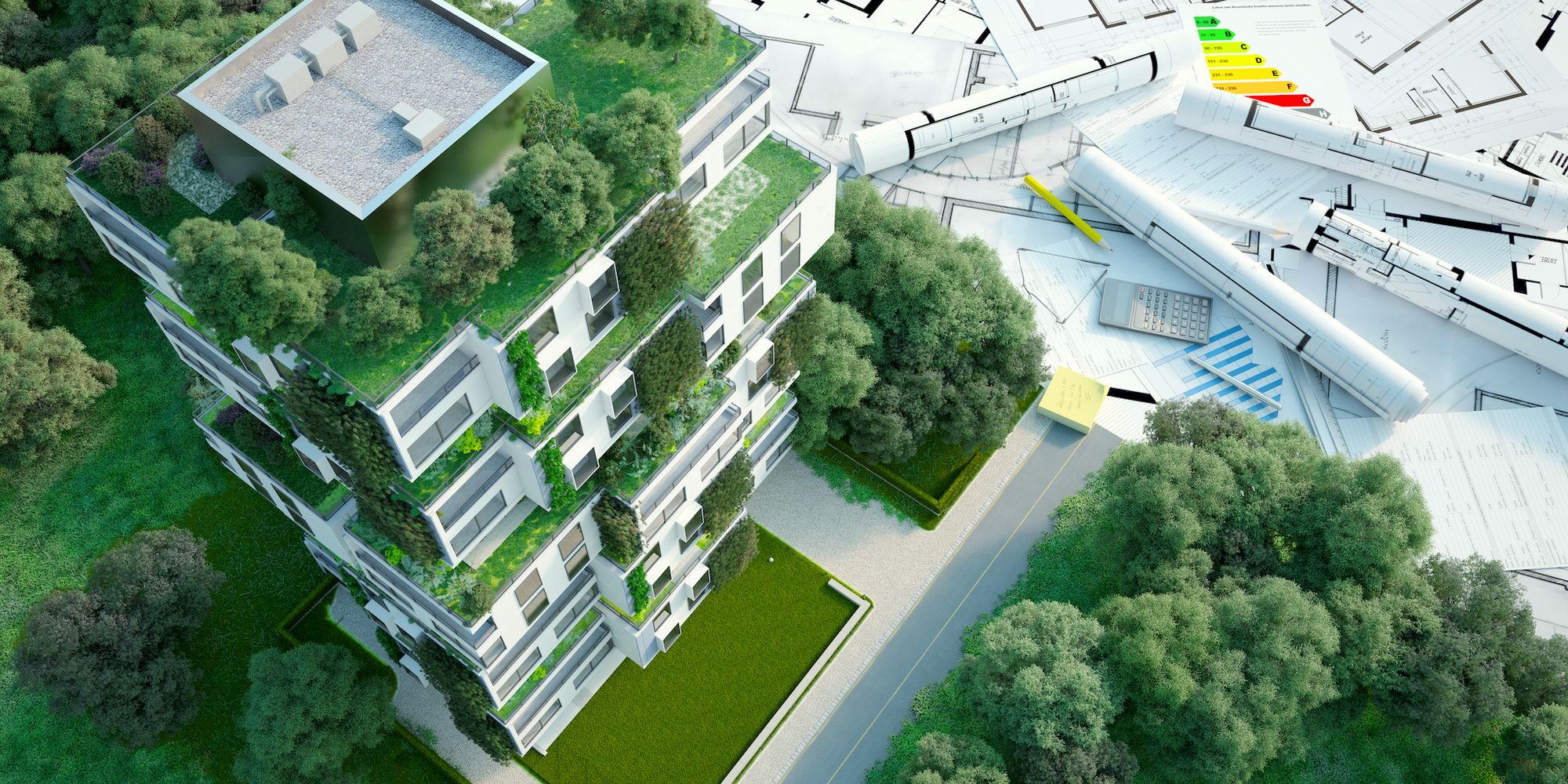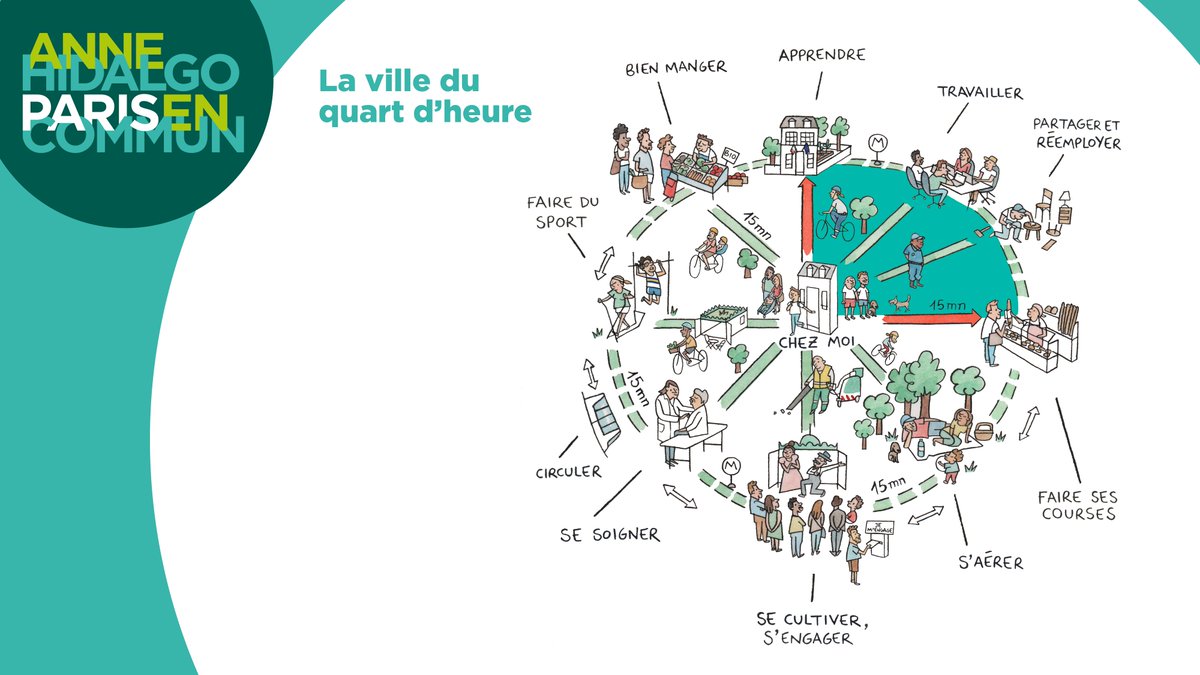
🌆 The City of the Future is Green and Compact
Have you ever heard about the 15-minute city model? This is a model of a city built with livable, green, compact microcells where all essential services are guaranteed and easily reachable on foot or by bike.
Share this story!
Modern cities planning has always been based on maximum mobility: to make any point reachable by everyone as quickly as possible. This seemed the key to making cities more liveable.
The effect, however, was the opposite: workplaces, shopping centers, services have increasingly moved to the suburbs, especially since they were quickly reachable by any means. So, cities have increasingly expanded and expanded.
But this did not guarantee comfort for the citizens.
According to Marchetti Constant, the time we are willing to spend moving during the day has always remained the same since ancient times, around half an hour. What changed with contemporary cities is only speed and distance. And also pollution and emissions.
Focus on access
According to the 15-minute city concept, the focus should not be on speed but on time and accessibility: how many services are readily available with little effort in a reasonable amount of time, defined as 15 minutes. And this is not by motorized vehicles, but by foot or bike.
This radically changes the planning concept of contemporary cities: a series of microcells where all essential services are guaranteed. Six were identified:
- living
- working
- commerce
- education
- health
- entertainment
On a historical level, however, this is not of a striking novelty. In old Europe, these microcells are already present: the Old Towns of medieval origin.
One of the first attempts of practical application is that of Paris, conceived by the scientific director of the Sorbonne Carlos Moreno and carried out by the mayor Anne Hidalgo. The period of the pandemic made this concept even more important and compelling, making it clear how a well-designed city can be very beneficial and that change is possible.

How to get to a 15-minute city?
Getting to a 15-minute city starts with digitalizing some services, such as online shops, passing through smart working. Remotely working makes it very interesting to have close services, such as co-working spaces.
Green spaces become an essential element to improve city life and make life psychologically more fascinating and less stressful. Furthermore, thanks to small urban gardens, the demand for food from the microcell could also be reduced.
One proposal is to reuse disused buildings to achieve these goals, making them co-working spaces or shops.
Another means would be to optimize or reuse every space, decreasing the periods of inactivity. What does it mean? For example, a school after closing could remain open as a public area, or a conference room made available as a disco at night? It just takes a little bit of originality.
At the technological level, there is nothing complex; the necessary change is more about mentality and efficient planning of resources. Many cities worldwide are trying to apply this idea: in addition to Paris, there are Shanghai, Chengdu, Portland, Milan, Bogota, and many others. There is also a website where you can get more information: www.15minutecity.com.
But it's not all that simple
A mistake that must be avoided is to make the microcells, rather than places of aggregation, ghettos defined on race or wealth. On the contrary, to function well, each microcell must contain different communities and allow a cultural exchange.
In fact, in addition to benefits about quality of life and emissions reduction, the 15-minute city model also aims to revive all city districts through a greater connection with one's neighborhood to promote social interactions.
Moreover, it should be the citizens, rather than the theoretical models made by planners, who identify the essential and most easily accessible services. Otherwise, the 15-minute city would only become effective on paper.
By becoming a premium supporter, you help in the creation and sharing of fact-based optimistic news all over the world.


